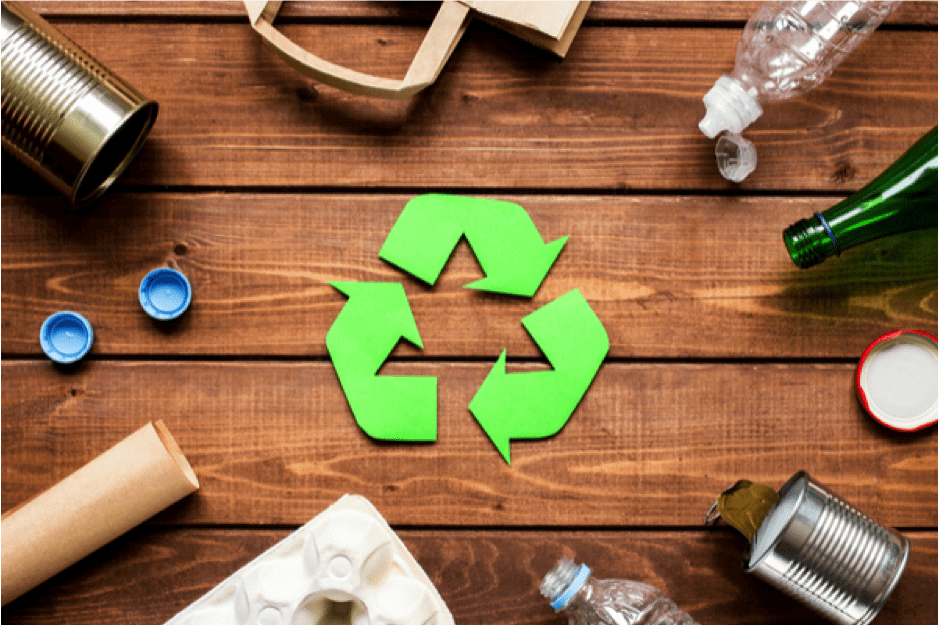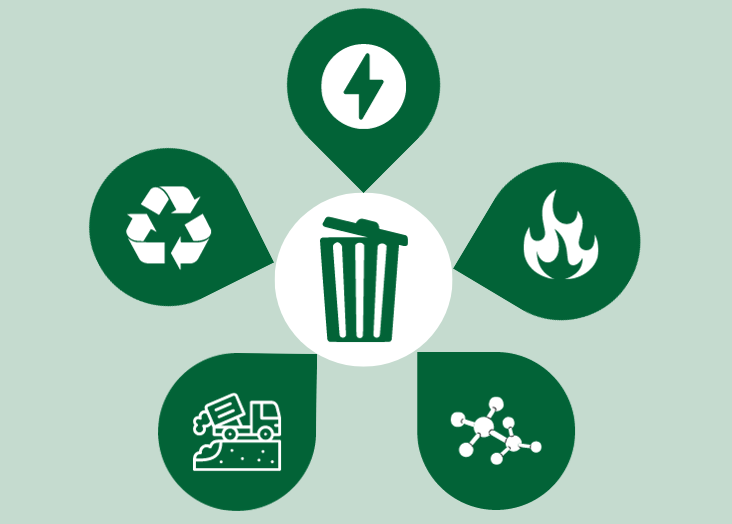Just How Recycling Lives Services Make a Distinction in Sustainable Waste Monitoring
Just How Recycling Lives Services Make a Distinction in Sustainable Waste Monitoring
Blog Article
Recognizing the Category and Handling of Numerous Types of Waste
Reliable waste management is crucial for ecological sustainability, requiring an extensive understanding of the classification and handling of different waste kinds. Home waste, commercial spin-offs, hazardous materials, digital refuse, and natural residues each necessitate distinct procedures to make certain safety and decrease environmental damage. Carrying out correct partition, therapy, and disposal strategies is important to mitigate negative ecological influences and promote source preservation. As an example, the composting of organic waste contrasts sharply with the complex treatments required to handle hazardous compounds. This multifaceted method to throw away monitoring highlights its intricacy and the crucial demand for specialized knowledge in this domain name.

Home Waste
House waste, encompassing a broad range of discarded products created from day-to-day living activities, stands for a substantial component of the total waste stream - recycling lives services. This group includes organic waste such as food scraps, yard trimmings, and paper products, alongside inorganic materials like plastics, metals, and glass. The varied nature of family waste demands efficient category and administration to minimize environmental effect and advertise sustainable living practices
Efficient family waste monitoring begins with partition at the source, helping with recycling, composting, and risk-free disposal. Organic waste, as an example, can be composted to generate nutrient-rich dirt amendments, lowering garbage dump concern and boosting dirt health. Recyclable materials, including paper, glass, and certain plastics, can be refined and repurposed, saving sources and minimizing power intake linked with new material manufacturing.
Moreover, unsafe family waste such as batteries, electronic gadgets, and cleansing chemicals requires specialized taking care of to avoid soil and water contamination. Public awareness campaigns and hassle-free disposal choices play crucial duties in making certain correct disposal and recycling of these products. By executing durable waste decrease approaches and fostering neighborhood involvement, communities can significantly ease the ecological footprint of house waste.
Industrial Waste
Hazardous waste, a major factor to global waste generation, incorporates a diverse series of materials produced by production, building, and various other commercial activities. This classification includes byproducts such as scrap metal, plastics, rubber, chemicals, and other deposits. The make-up and quantity of industrial waste can vary significantly depending upon the market and manufacturing procedures entailed. Reliable administration of commercial waste is important for minimizing environmental impact and promoting sustainable methods.
The handling of commercial waste normally entails a number of procedures: collection, treatment, partition, and disposal. Collection systems are developed to effectively collect waste materials from numerous sources within an industrial procedure.
Adopting approaches such as waste reduction, source healing, and recycling can substantially lower the concern of industrial waste on the environment, contributing to even more sustainable commercial practices.
Hazardous Waste

Destructive wastes can damage or ruin living cells and products. Combustible wastes can quickly stir up, presenting fire dangers, while responsive wastes can trigger explosions or launch hazardous gases upon contact with other materials.
Reliable harmful waste administration entails a number of crucial methods: identification and segregation of dangerous materials, risk-free transport and storage space, and proper therapy and disposal. Therapy techniques may include chemical neutralization, stabilization, and incineration. Regulative compliance is vital, guided by structures such as the Resource Preservation and Healing Act (RCRA) in the United States, which guarantees ecologically audio and safe monitoring of contaminated materials.
Electronic Waste
Electronic waste, commonly abbreviated as e-waste, represents an expanding challenge in waste monitoring because of the fast obsolescence of innovation. This category incorporates a broad range of thrown out electronic gadgets, including smart devices, computers, televisions, and family why not check here devices. The intricacy of e-waste depends on its composition; these things include a combination of useful products such as gold and copper, in addition to dangerous compounds like cadmium, lead, and mercury.

Regulations and guidelines, such as the European Union's Waste Digital and electric Devices (WEEE) Directive, objective to advertise liable e-waste management. These plans mandate manufacturers to facilitate the collection and recycling of digital products, thereby decreasing the problem on land fills and minimizing ecological contamination.
Organic Waste
Organic waste, encompassing biodegradable materials such as food scraps, lawn trimmings, and agricultural residues, comprises a considerable part of the local strong waste stream. This type of waste is remarkable not only for its volume yet additionally for its prospective ecological effect if not taken care of properly. Organic waste can break down anaerobically in land fills, creating methane, a potent greenhouse gas adding to climate modification.
Appropriate handling of organic waste includes several approaches. Composting is a widely taken on technique, transforming natural materials right into important garden compost that can improve dirt and support lasting agriculture. This process also minimizes the quantity of waste sent out to garbage dumps. One more technique is anaerobic food digestion, which damages down raw material in the absence of oxygen, generating biogas that can be utilized as a renewable resource source. In addition, diverting food waste from landfills through donation programs can reduce food insecurity while lessening waste.
Municipalities and services are progressively identifying the value of organic waste administration. Carrying out detailed organic waste recycling programs not only mitigates environmental influences however likewise lines up with wider sustainability goals, promoting a circular economy where sources site are continuously reused and repurposed.
Conclusion
Reliable waste administration and environmental management require a detailed understanding of the classification and handling of various waste kinds. House, commercial, hazardous, digital, and organic waste each call for distinct procedures for therapy, disposal, and partition. Proper administration minimizes ecological effect, conserves sources, and advertises sustainability. Applying appropriate techniques for each and every waste type ensures click for info risk-free and liable waste management practices, inevitably adding to the security of communities and public health.
Reliable waste administration is crucial for ecological sustainability, requiring a detailed understanding of the classification and handling of numerous waste kinds.House waste, encompassing a wide range of disposed of materials generated from day-to-day living tasks, stands for a substantial component of the general waste stream.Industrial waste, a major factor to worldwide waste generation, incorporates a varied range of materials created by manufacturing, building and construction, and other industrial tasks (recycling lives services).Unsafe waste, an important worry in waste administration, makes up materials that position significant dangers to human health and wellness and the setting due to their poisonous, harsh, combustible, or reactive buildings.Organic waste, incorporating eco-friendly materials such as food scraps, lawn trimmings, and agricultural residues, constitutes a significant part of the metropolitan solid waste stream
Report this page